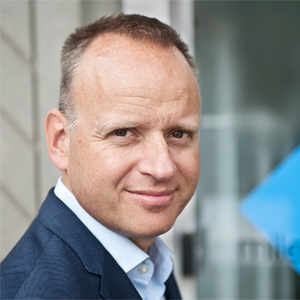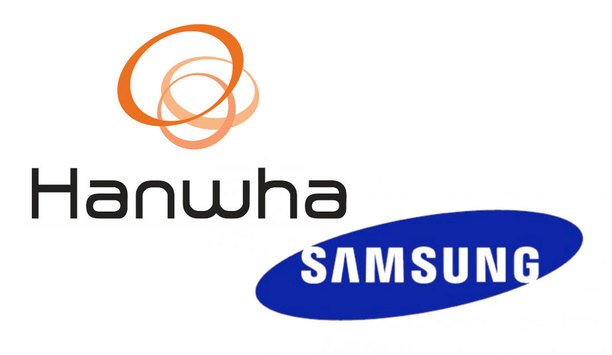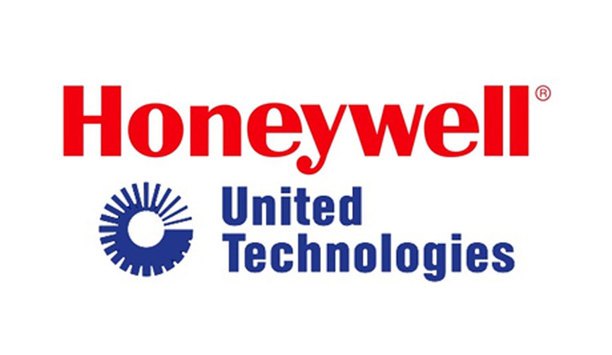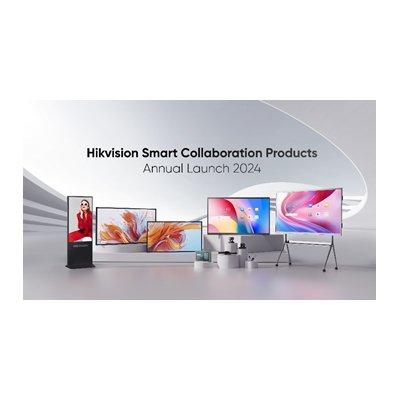Community was the big buzz-word at this year’s Milestone Integration Platform Symposium (MIPS). The folks at Milestone are long-time proponents of open systems, and presenters at MIPS 2016 described an expanded vision of how the Milestone video management system (VMS) platform can spur innovation in the market.
Their “Open Platform Community” vision involves more interaction and technology development, both between Milestone and its partners (including third-party manufacturers), and also among the partners themselves. In their community vision, everyone brings new levels of innovation to the table, and it’s all tied together by Milestone’s open platform.
But what is the substance behind the plan? Is the idea of a “community” just marketing speak, or is there more to it? I caught up with two top executives from Milestone to discuss details of the new plan, and how it will benefit Milestone’s partners and the industry as a whole. The following excerpts are from my exclusive interview at MIPS 2016 with Lars Thinggaard, Milestone President and CEO; and Kenneth Hune Petersen, Milestone Chief Sales and Marketing Officer.
SourceSecurity.com: What do you mean when you discuss the transition from a platform to a community?
Thinggaard: This is something that’s new for us, and new for the ecosystem. But you can also claim that with the thousands of partners we have today, that we have been working as a community already. But it has been one-to-one instead of one-to-many. We want to enable partners to connect the dots. We have been discussing among ourselves: What does it take to get a community off the ground? And one of the things we’re doing is to set up a Partner Advisory Board. We also need to make the software development kit (SDK) easier to work with.
Petersen: And also to make the SDK deeper, to make sure that when we release new features for our main product, that it gets connected to the SDK, so people can take it to the next level without our involvement.
SourceSecurity.com: You’re connecting to all these companies, and now you’re saying they are connecting to each other. There comes a point when it’s not really something you can control …
Thinggaard: It’s true that control gets out of your hands very soon as you get a step away from the one-to-one point. But I think, what will happen, is that people will be cooperating together.
SourceSecurity.com: You’re looking to enable the community …
We facilitate knowledge sharing |
Thinggaard: We are going to facilitate knowledge sharing among the [partners]. It’s not usually common for people to share their knowledge. But, occasionally I will have the partners together is a select group, and they will talk to each other, regardless of competition. It’s very interesting to see how much we have in common at the end of the day. We are competing for the same business, but we are also cooperating for the same business. Sometimes we win, sometimes we lose.
Petersen: When I was walking around in the [partner exhibits at MIPS], a lot of our partners said: “We started out seeing this as just another exhibit for us, but now we are actually doing business here, and not just business with Milestone. I was talking with [other partners] and we talked some deals and how we can help each other.” So it has already started on a root basis – what we’re doing is putting a wrap around it, putting it into a structure, so that information and the whole community spirit is put into a structure.
SourceSecurity.com: Is using the word “community” just marketing speak? How do you communicate that it is a real commitment?
Thinggaard: We expect the community to hold us accountable when we meet next time. We are also in the midst of writing up a manifesto for the community, that you can subscribe to as a partner. We will collectively present that to the Partner Advisory Board: This is the manifesto that we believe in. Again, when a community builds, it’s very difficult to state that you own it, and that’s not our idea. We are part of the community. We would like to ignite the process, and we think and believe what we are doing today will do just exactly that. [It’s not just marketing,] it has to take hard work, and decisiveness, and persistence and proof that you really mean it. We really mean it, and we will be held accountable on our deliverables.
Petersen: The proof is in the pudding. Some people might think this is just a marketing message Milestone is sending. We know that’s not the fact from the very positive feedback we have gotten already. All the partners are saying “How can we chip in?” I had a conversation with a hardware vendor who said: “I really want to meet with you guys and figure out how I can chip in to drive this.” I think it’s a very good sign for us that, when you release a message like this, it is embraced. We cannot drive this alone. It takes our ecosystem to embrace it. And I’m seeing that already on day one – and that’s a great sign.
SourceSecurity.com: You have promised to expand the SDK, to make it deeper, and to enable partners to create solutions that you would certify. How different is that from the status quo?
The "Open Platform Community” |
Petersen: The way we will do the certification will be much deeper. When you want to sell on the App Store, for example, Apple requires certain things you have to comply with. We don’t want to take it to the Apple extreme, but we do want to make sure that people know that when it has been certified by us, that it is approved and working. Certification is one thing, but if you don’t know how to connect the two or three or four pieces together, it doesn’t make sense and you need a Ph.D. to do it. So we’ll make sure our new learning and performance portal framework [will include] education about how to connect these two or three pieces into a solution.
Thinggaard: We don’t have answers for everything at this point. It would be dishonest to say otherwise. We need to digest it a bit. We have the obligation to build the manifesto for the community, and we need to spark the initiative.
SourceSecurity.com: What exactly do you mean by manifesto?
Thinggaard: I have some ideas of what might be included. For example: We facilitate knowledge sharing and successful partnerships. We prioritise platform development based on collective insights. We accelerate collective innovation. And there are some other ideas.
Petersen: We are doing this initiative on connecting the dots, and taking the lead on kicking off and introducing the community. Another thing that’s very important: We are still a software company, and we just completed the largest XProtect release in Milestone history. If you look at the lines of code we just launched in the 2016 version of XProtect, that’s the most code we have ever launched.











































